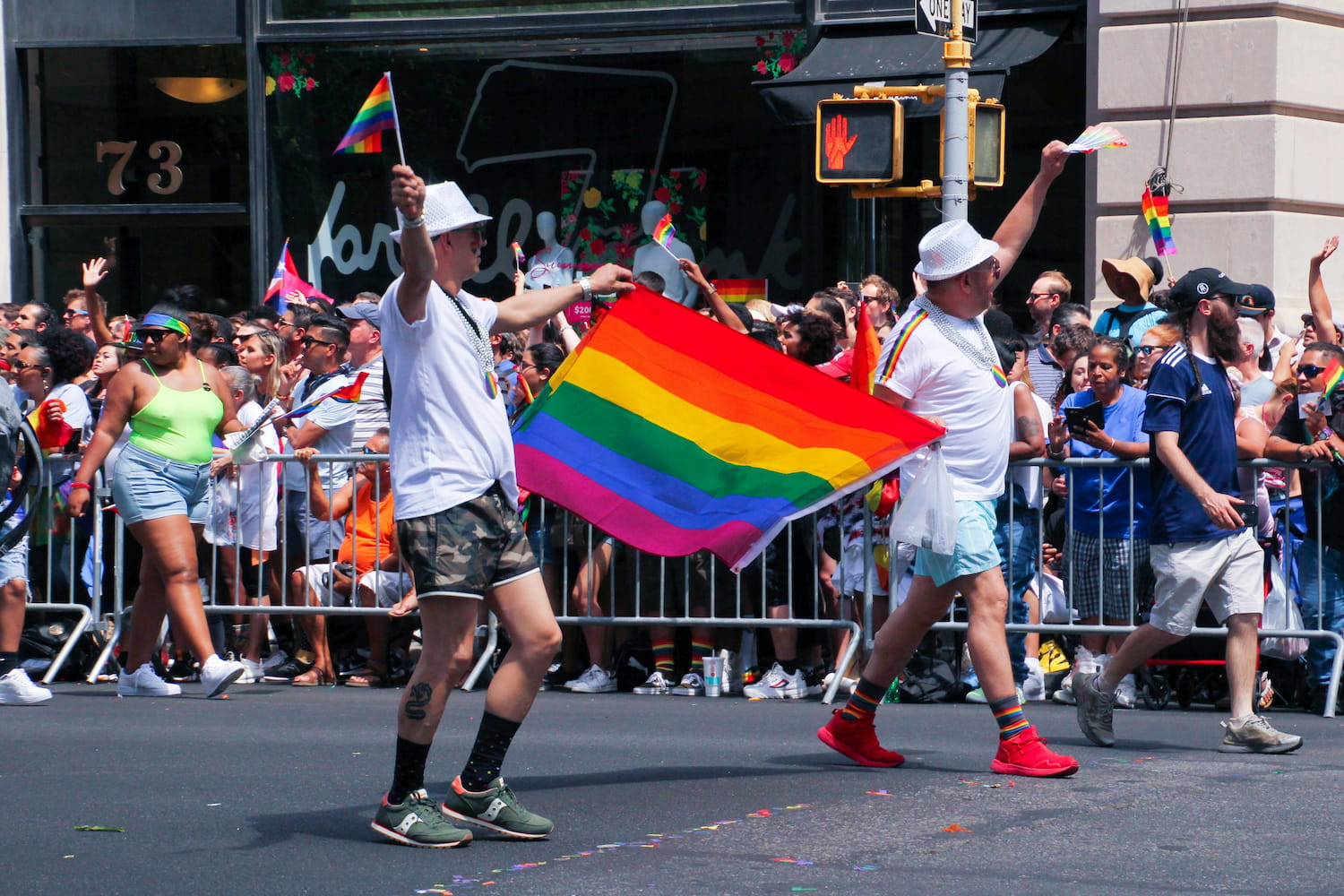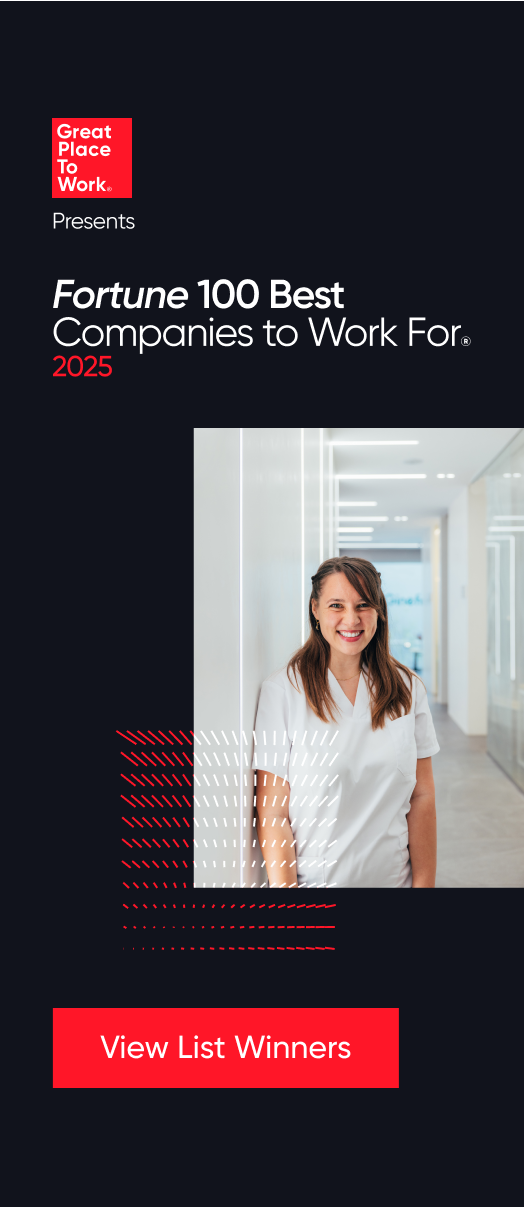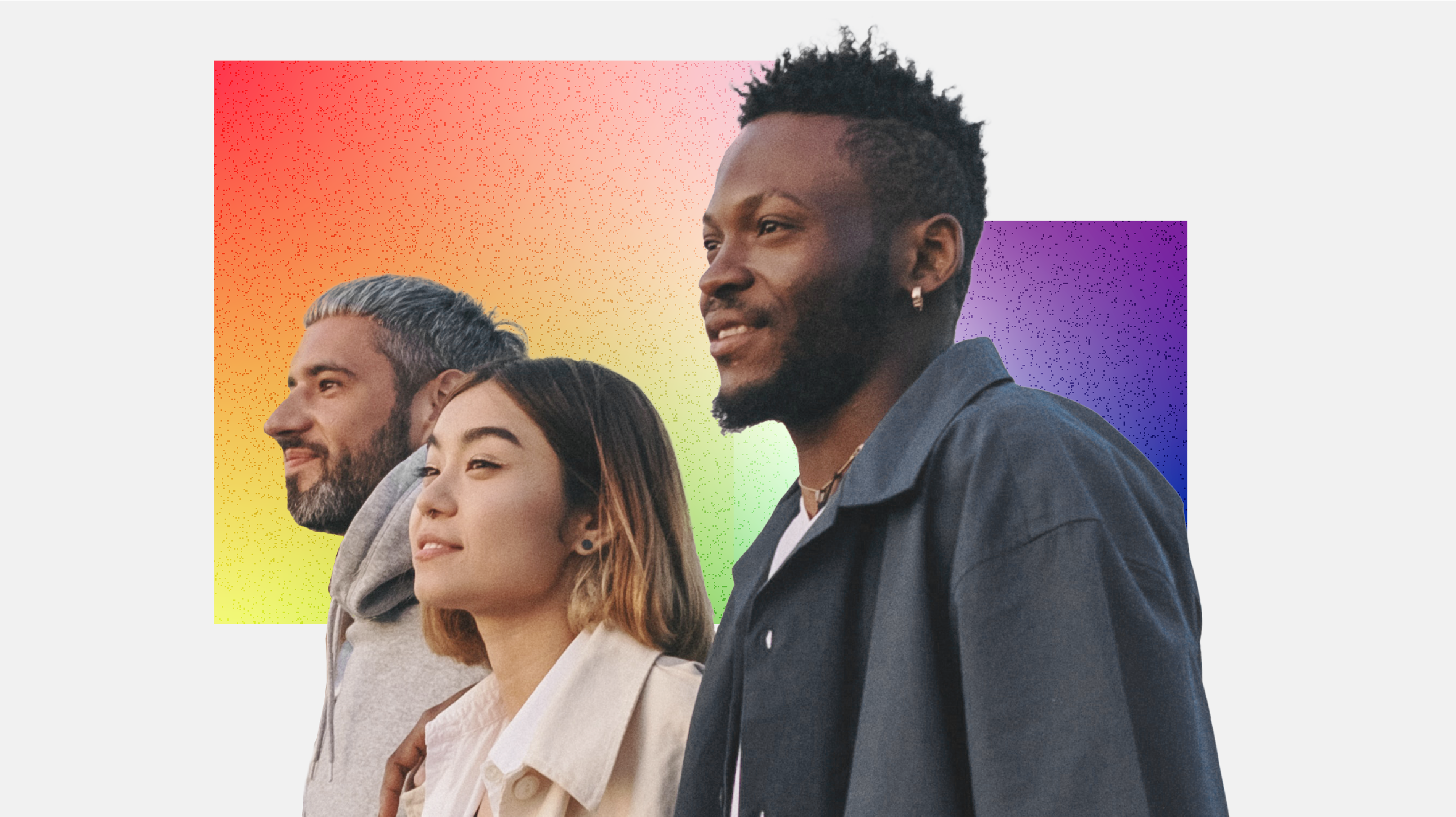As companies recognize Pride month, here’s why you should consider disaggregating your people data, rather than engaging all LGBTQ employees the same way.
As companies celebrate Pride month and recognize LGBTQ+ employees, leaders should consider how many different identities fall under that umbrella.
The number of Americans who identify as LGBTQ+ in the U.S. has grown to a high of 7.6% in 2023, according to Gallup. That’s being driven by a higher rate of young people who identify as LGBTQ+ — more than one in four Gen Z adults.
Even as companies see higher rates of employees identifying as LGBTQ+, they might struggle to understand the experience of these workers. Does a lesbian employee have the same experience as a gay man? Do cisgender gay employees have the same experience as nonbinary or transgender employees?
They do not.
The differences in experience between members of the “same” marginalized group are why an intersectional lens is crucial for building belonging in the workplace.
The 35-year-old concept of ‘intersectionality’
Coined in 1989 by Kimberlé Crenshaw, law professor at UCLA and Columbia, the idea of intersectionality aims to understand how the many different aspects of background, race, and identity collide to impact an individual’s experience.
“None of us are one thing,” explains Brian K. Reaves, chief belonging, equity, and impact officer at UKG. “The multiple layers of who we are sometimes leads to different outcomes for certain people than others.”
Reaves joined Elena Richards, chief diversity, equity, & inclusion officer at KPMG, at the 2024 For All Summit™ to discuss the importance of intersectionality for building belonging.
“We don’t want to accidentally miss anyone,” Richards says. “When we think about how all [employees] show up, we want individuals to represent themselves knowing that that can change over time.”
There are 36 different dimensions of diversity, Richards says, and each one can make a difference in how an individual experiences the workplace.
“When we are looking to build things, it’s really important to think about who might be left out,” she says.
Focus on belonging
When thinking about LGBTQ+ employees, or any marginalized group, Reaves recommends focusing on belonging rather than inclusion.
“Inclusion is very, very powerful — but the problem is I could feel as though I included you and you can not feel included,” he says.
He gives the example of inviting someone to a senior meeting, but not giving them an opportunity to speak. How inclusive is it when a marginalized voice is in the room, but can’t be heard?
That’s why he focuses on belonging. “Only you can tell me that you belong, and I have to do things to make you feel that way,” he says.
To understand if employees feel like they belong, you need data. “If we don’t build processes to try to reach the uniqueness and the beauty of you, the innovative spirit of you, we are missing out,” he says.
Here’s how Reaves and Richards say you can increase feelings of belonging across your workforce:
1. Disaggregate your data
UKG conducted a pay equity study where it found that women are paid just 82 cents for every dollar paid to men. However, that 18-cent gap was an aggregate number for all women.
“When you look at someone who identifies as a Black woman or a Hispanic woman, that was significantly lower,” Reaves says. “If you were trans, it was like 50 cents on the dollar.”
That’s the danger of aggregating data across a marginalized group that isn’t a monolith. You can’t work on just the 18-cent problem. You have to work on the 50-cent problem.
“You have to understand it's not ever at the aggregate — it’s as low as you can get it,” Reaves says.
When looking at LGBTQ+ experiences, there are important differences within the overall group.
Some LGBTQ+ employees are seeing much higher levels of social acceptance, according to Pew Research. In a survey of LGBTQ+ adults, 85% said there was at least some acceptance of lesbian women and 71% said the same for gay men. For transgender people, only 18% said there was at least some acceptance.
It’s highly likely that there are similar differences in the experience of LGBTQ+ employees at your company.
2. Consider the whole talent lifecycle
Great workplaces send signals about inclusion at multiple touchpoints with employees, from the recruitment and hiring process to daily operations for current employees.
“How do you bring that intersectional lens to the interview process or tools to recruit?” Richards asks. At KPMG, interviews follow the firm’s competency model where candidates are asked to share their identity and how they will show up at work.
“Another thing to think about is onboarding or integrating individuals to the organization,” Richards says. “What are we doing to make things available for all?”
It’s crucial that new hires see a potential employer act inclusively from the beginning, Reaves says.
“When you first start a new company and you have to fill out a job application, if it only says male and female at the start, that probably tells you a lot,” he says. “It’s saying [leaders] don't understand that people don’t just identify in a binary manner.”
3. Don’t assume employees will trust you with their data
HR leaders shouldn’t take for granted that employees are willing to share sensitive information about their lives with an employer. It comes down to trust.
“How do we get individuals to trust the organization or the corporation that they’re working for?” Richards says. That’s why KPMG launched a self-ID campaign to learn more about its workforce.
The campaign asked employees questions about race, education, family history, disability, neurodiversity, and even religion. KPMG is also trying to capture how identities can change over time.
“Gender identity may change over time so that wherever I am on my journey today, if I want to change that, I have the ability to self-identify and show up authentically as myself,” Richards explains.
When collecting the data, it’s essential to be transparent about your efforts.
“People don’t trust the system,” Richards says. “We have to do more education around how this information going to be used. We give people as much information as we can so they trust us to handle the information with care.”
4. Don’t let employee resource groups isolate themselves
When efforts to support marginalized employees are not intersectional, they can alienate employees who struggle to find their place within the group. That’s why Reaves advises that employee resource groups (ERGs) don’t limit participation to select subgroups.
“No one person is monolithically one person,” Reaves says. “If I’m a Black female, do I need to join both the Black ERG and the female ERG? ... If I’m trans, do I have to join Pride?”
When ERGs are open to all, individuals can choose where they belong.
That doesn’t mean that ERGs can’t set rules to create a safe space for members. “You can define when you want allies there or not, or … if there’s things you want to work on with just a specific group,” Reaves recommends.
At UKG, the instruction is simple: Join the ERG that you believe you have the strongest affinity to, but don’t feel as though you have to join them all.
Instead, ERGs can work together to create programming that involves everyone and builds bridges across the organization.
“Nothing has ever changed in the history of mankind without the majority leaning into the minority and moving it forward,” Reaves says.
Join us in Las Vegas!
Register for the next For All Summit™, April 8-10, to connect with leaders and experts from great workplaces around the world.











